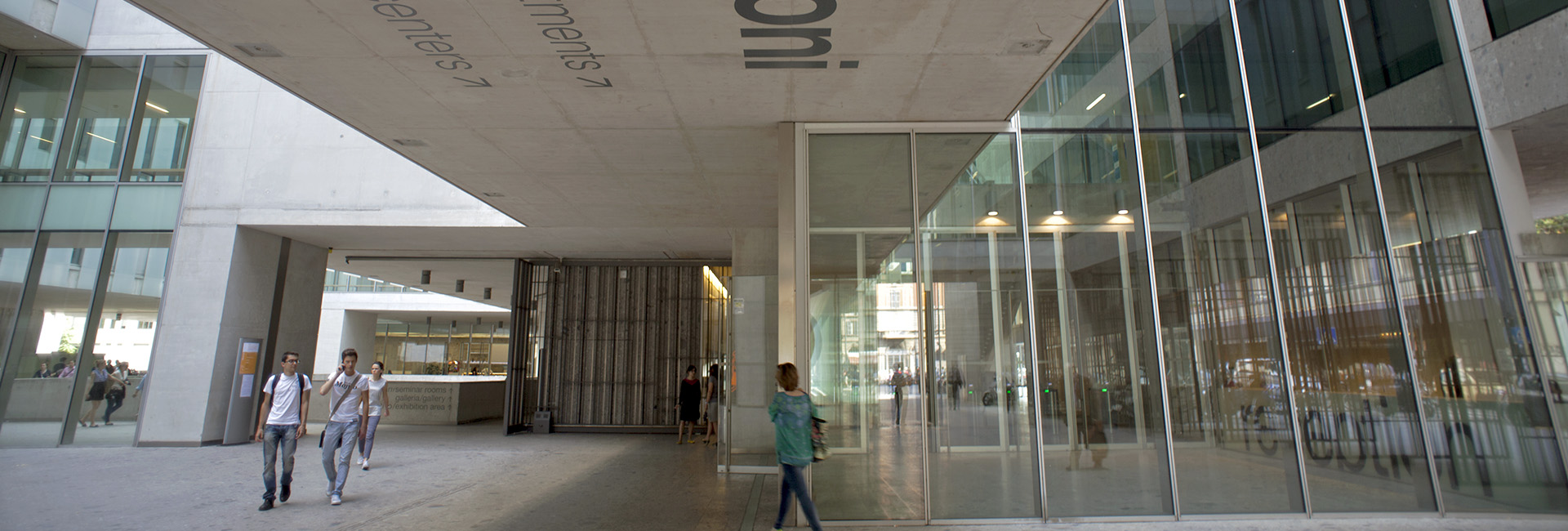30170 - HISTORY OF ECONOMIC THOUGHT
CLEAM - CLEF - CLEACC - BESS-CLES - BIEMF
Course taught in English
Go to class group/s: 31
IVAN MOSCATI
The course offers a panoramic and orienting view of the evolution of economic theory from Adam Smith to the later 20th century. After completing the course, students should be able to:
- Identify the major ideas associated with each school or author studied, and thereby comprehend the origins of contemporary economic theory.
- Evaluate similarities and differences across schools, and understand how methodological issues have often shaped the development of economic ideas.
- Use differences across schools and paradigms to think critically about the underlying assumptions of economic theories learned in other courses.
- The classical theory of value and distribution (1770-1870): Smith, Ricardo, Mill.
- The marginal revolution (1871-1874): Menger, Jevons, Walras.
- Consolidation of marginalism (1875-1900): Edgeworth, Wicksteed, Marshall.
- The ordinal revolution and its discontents (1890-1945): Fisher, Pareto, Hicks & Allen, Samuelson, Friedman.
- Monetary and business cycle theory (1750-1935): Hume, Fisher, Pigou, Menger, Wicksell, Hayek.
- Keynes: from the «classical» theory to the General Theory (1920-1936).
- IS-LM macroeconomics and the neoclassical synthesis (1937-1965): Hicks, Modigliani, Samuelson.
- The rise of monetarism and new classical macroeconomics (1965-1980): Friedman and Lucas.
- Birth and early developments of game theory (1920-1970): von Neumann & Morgenstern, Nash.
- Axiomatization of utility theory and analysis of risky decisions (1940-1980): Debreu, von Neumann, Friedman, Savage, Allais, Ellsberg.
- The rise of behavioral economics (1980-2000): Kahneman & Tversky.
Students can choose between two different ways of taking the exam:
- Assignments (40%) and written exam (60%).
- Written exam only (100%).
- I. Moscati, From Classical Political Economy to Behavioral Economics. Egea, Milano 2012.
- Original texts available on Learning Space.
Familiarity with basic micro- and macroeconomic theory





